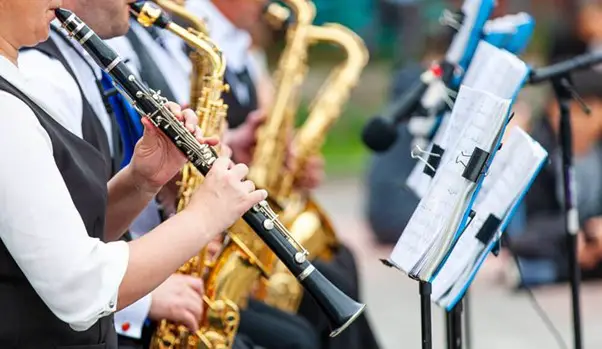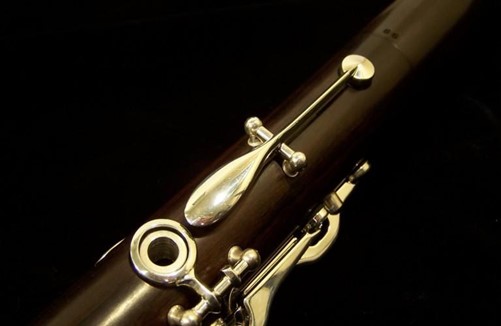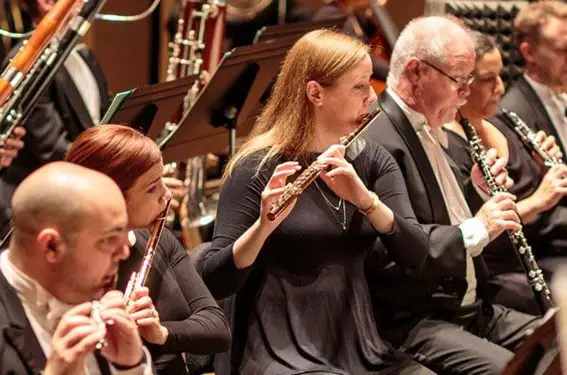
Woodwind instruments in an orchestra
These musical instruments are referred to as “woodwinds” because they must be played with air, or “wind,” in order to produce sound. The name “woodwind” comes from the wood from which they were once only made.
Since the invention of metal and plastic, woodwind instruments are no longer the only ones used in orchestras.
The wind section of an orchestra can include a variety of instruments, such as the piccolo, oboe, flute, clarinet, cor anglais (french for “English horn”), bass clarinet, E-flat clarinet, bassoon, contrabassoon, and saxophone.
The most frequent questions about woodwind orchestras that customers at Dawkes Music have are addressed below.
Contents
Which is the highest woodwind instrument?
The piccolo, an octave-higher-playing half-sized flute, is the highest woodwind instrument in the orchestra.
Due to the piccolo’s Italian name, which means “small,” and its similar fingering to the flute, many piccolo players also play the flute.
It gained a reputation as an orchestral sparkler after making its debut in Beethoven’s Fifth Symphony.
How many flutes are in an orchestra?
Typically, an orchestra will have two to four flutes. Other than the piccolo, a variety of flutes are frequently used in orchestras, such as the C flute, alto flute (in G), and occasionally even the bass flute.
The flute is the oldest instrument that can produce pitched sounds instead of just rhythms, and a standard flute is just over two feet long.
The flute is played by holding it sideways with both hands and blowing across a hole in the mouthpiece. Its high-pitched, piercing sound has made it a staple of orchestras since the 18th century.
The majority of woodwind instruments have metal keys that cover the holes, which can be opened and closed to change the pitch.
What instrument does the orchestra tune to?
The oboe will be heard first when you attend an orchestral concert. The other musicians tune to the A note that it produces, which has a frequency of 440 hertz, or 440 vibrations per second.
The oboe evolved into the standard instrument for orchestral tuning for a number of reasons, including its clear, audible sound that all musicians can easily hear and its greater resistance to humidity and other environmental factors than other instruments.
Due to its steadier pitch, it is also a more dependable tuning source than strings.
Theoretically, an entire orchestra could now be tuned using an electronic tuner, which would likely produce a more accurate note than an oboe.
However, many people still find comfort in the practice of tuning with an oboe.
Woodwind instruments in an orchestra FAQs
How many musical instruments are classified as woodwinds?
The woodwind family of instruments includes the piccolo, flute, oboe, English horn, clarinet, bass clarinet, E-flat clarinet, bassoon, and contrabassoon, from highest to lowest in pitch.
What distinguishes woodwind instruments from stringed ones?
Any musical instrument that makes sound through the vibration of stretched strings, whether they are made of silk, metal, or synthetic materials, is referred to as a stringed instrument. A woodwind instrument is one that is played by blowing into its mouthpiece. Similar to how stringed instruments do, the smaller woodwinds have higher pitches, while the longer, larger instruments have lower pitches.
What are some typical orchestral instrument examples?
The flute, clarinet, oboe, bassoon, and saxophone are among the frequently used orchestral instruments.


